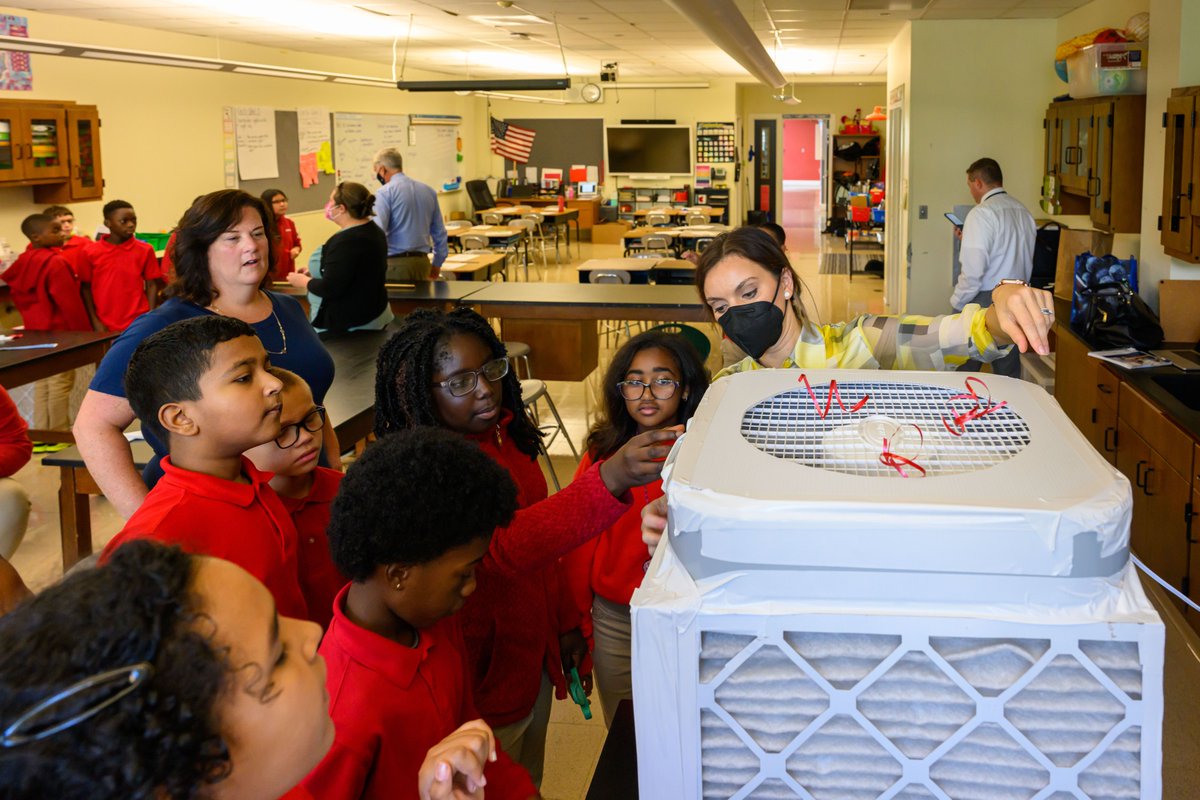
#HurricaneKay weakening into a tropical storm will bring widespread showers with potential for inland flooding to the Southern California region, says @jaycordeira of @CW3E_Scripps. View the water vapor transport forecast showing the storm’s movement: cw3e.ucsd.edu/ivt_iwv_uswc/
“The storm's circulation will drag water vapor up the Mexican coastline & into SoCal, but will be drastically different than the hurricane making landfall here. The latest forecasts bring the storm's circulation (tropical storm) to SD.” - @jaycordeira of @CW3E_Scripps
It's been a while since a large tropical storm has come close to SoCal & #HurricaneKay is showing up in @CW3E_Scripps’ #AtmosphericRiver (AR) forecast tools. ARs move water vapor in long narrow corridors, producing rain when making landfall. More on ARs⬇️
.@jaycordeira said while different from ARs, hurricane winds move water vapor in a circular pattern rather than long narrow bands. “As Kay moves up the coast, its counterclockwise circulation transports water vapor into SoCal’s inland deserts where flash flooding is likely.”
James Behrens, manager for @CDIPBuoys, notes that when the storm passes offshore, expect to see large surf. "When the storm turns west and heads out to sea Friday night, we will see some stronger waves similar to what we see during winter storms."
• • •
Missing some Tweet in this thread? You can try to
force a refresh













